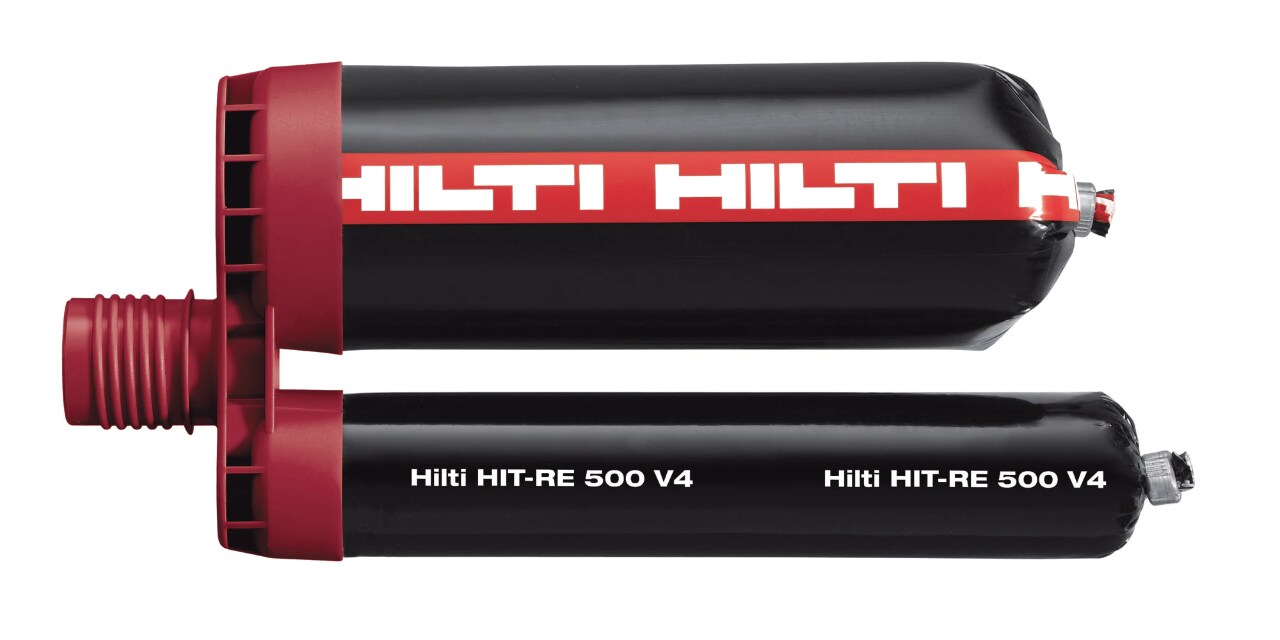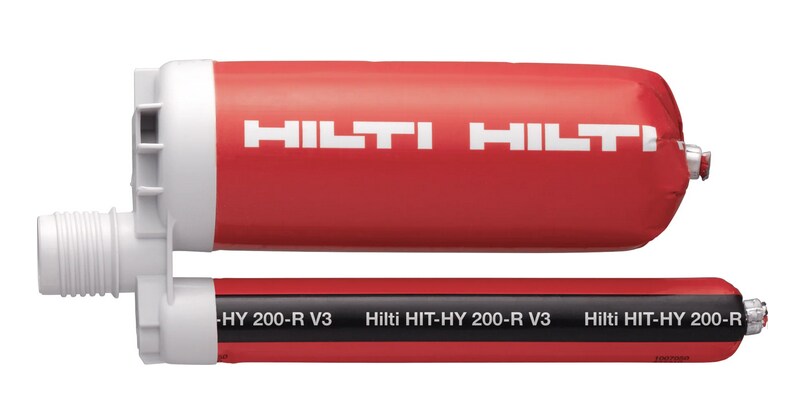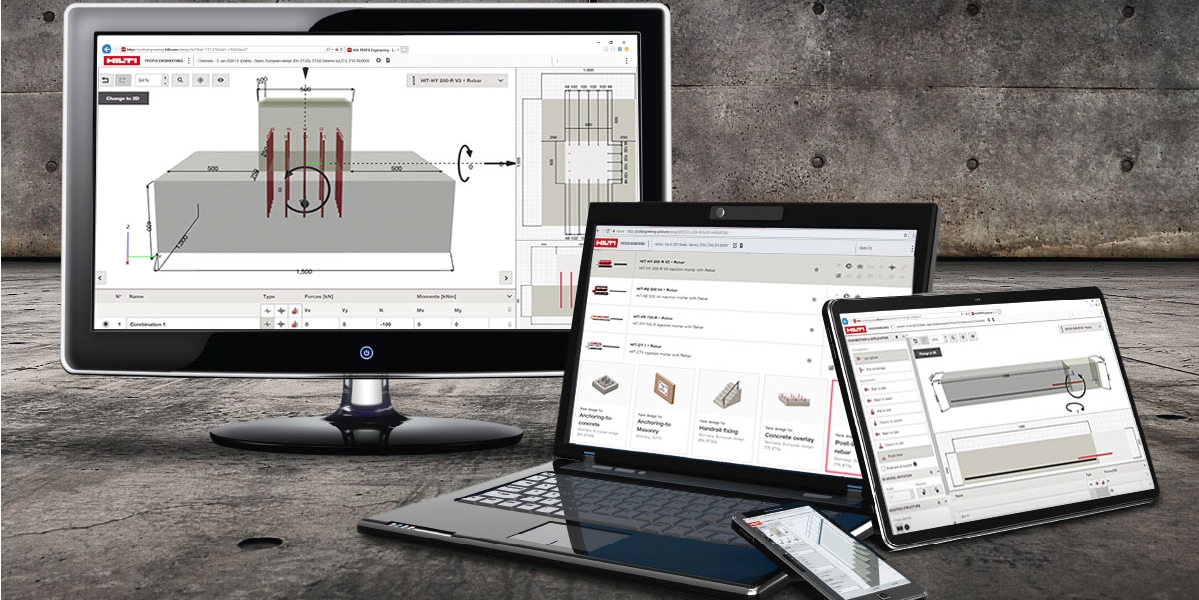- Home
- Overlay

OVERLAY
Concrete overlays increase the cross-sectional thickness of an existing member by connecting a new layer with headed bonded or mechanical shear connectors, thereby enhancing sectional capacity, stiffness, and ductility. The shear transfer at the interface and the required connectors is strongly influenced by the interface’s roughness.
Qualification per EAD 332347
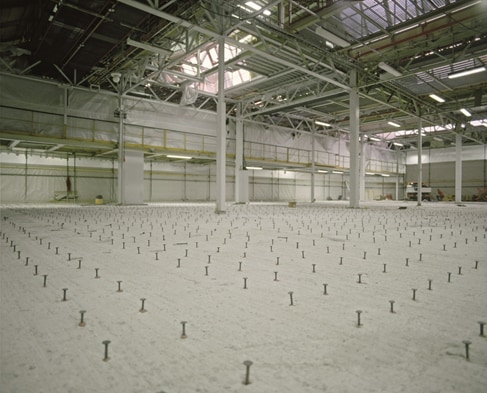
EAD 332347 assess the performance and behavior of headed post-installed bonded or mechanical shear connector in connecting two concrete layers subject different installation, environmental, and loading conditions. The connector must ensure monolithic behavior. The corresponding ETA provides data for use in design.
Relevant Products: HY 200R V3 / RE 500 V4+HAS-U Rods & HUS4-H
Design of Concrete Overlays
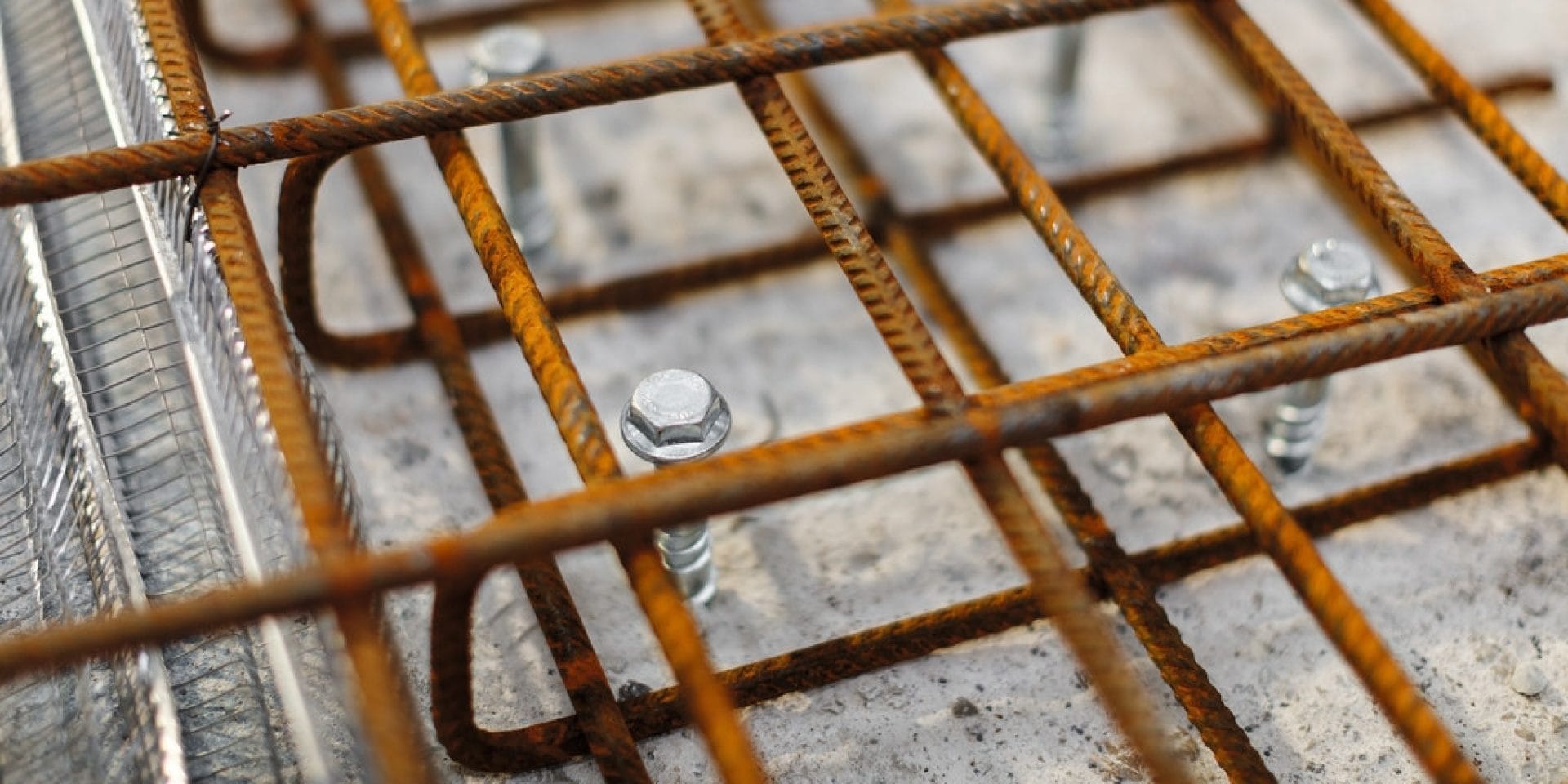
Design follows the provisions of EOTA TR 066 and is centered on calculating the resistance of the entire interface based on the contributions of the mechanical interlock, friction, and dowel action of the connectors. The resistance of the connectors in new & existing concrete to steel- and concrete-relevant failures also plays a vital role, and these too must be checked with the design provisions of EN 1992-4. Additional checks involve complying to the minimum reinforcement and spacing required by the TR 066.
In this connection, the designer must specify the roughness class desired at site since this strongly influences the interface design. The roughness class may be determined by the “sand patch” or “mean depth” method, or through optical profilometry.
Design your connection for demanding conditions

Static Design
This is the most common class of applications for post-installed rebars and includes the connection of new components to an existing structure. According to structural concrete building codes, the bond strength of cast-in bars is limited, even where depth of concrete cover is considerable. And so, in some areas, such as walls where anchorage depth is often limited, welded transverse reinforcement or hooks are used to compensate for the reduction in available anchorage length.
Download design code Download design guideline
Seismic Design
An increasing population density, the concentration of valuable assets in urban centers and society’s dependence on a functioning infrastructure demand a better understanding of the risks posed by earthquakes. In several areas around the globe, these risks have been reduced through appropriate building codes and state of the art construction practices. The development of pre-qualification methods to evaluate building products for seismic conditions additionally contributes to safer buildings for generations to come.
Watch recorded webinar
Fire Design
Organic adhesives are affected by high temperatures. For post-installed rebar connections that are part of a fire-rated assembly (floor, roof, etc.) it is important that the fire resistance of the connection be evaluated using test data for the time-dependent reduction in bond strength associated with typical geometries and time-temperature loading protocols.
Watch recorded webinarSelect the right design approach
PROFIS Engineering Post-Installed Rebar Module
Everything you need to design post-installed rebar applications
Add or extend concrete elements whether you're working with existing rebar or missing starter bars. Solve concrete structural joints and splices, and then verify the shear resistance at the interface between the old and new concrete.
Need to adapt the layout or geometry of your PIR design? PROFIS lets you easily customize the diameter, embedment depth and spacing parameters for existing concrete as well as post-installed.
Use PROFIS Engineering Post-Installed Rebar ModuleRequest rebar design from Hilti

Hilti Rebar Design service to assist you in the design and calculation of your Rebar Applications with the most optimized solution for you.
Our service includes:
- Cover letter
- Checklist including summary of request and input details
- Detailed bill of material per application
- Complete software calculation report per application
- PROFIS Rebar software design file (.hpr) per application
- Specification text
INSTALL POST-INSTALLED REBAR CORRECTLY
POSITION

Scanning
Scanning of the surface avoids cutting through existing reinforcement and drilling unnecessary holes.
Hitli PS 300 has an integrated display to provide rebar layout visuals in top view and sectional view for on-the-spot structural analysis.
Watch VideoDRILL

Drilling for rebar
Drill faster and safely with Hilti combi-hammers and extra-rugged Hilti hammer drill bits
Hilti TE 30 has Active Torque Control (ATC) stops the tool body from spinning uncontrolledly if the drill bit jams.
Watch VideoCLEAN

SafeSet
Inadequately cleaning holes during installation can reduce the performance of chemical anchor systems significantly.
Hilti SAFEST Technology eliminates this factor almost entirely by automatically cleaning the hole while drilling.
INJECT MORTAR

Inject chemical using Piston Plug
Injecting the right amount of chemical is important to ensure that the chemical sets around the rebar o bond with concrete.
With the help of our cordless adhesive anchor dispenser, the right amount of anchor is injected with a single push of a button. You achieve the accuracy you need, while using up to 30% less resin.
Watch VideoSET REBAR

Rebar setting
For easy installation, the rebar must be inserted slowly twisted into the drill hole until the embedment mark. Twisting the rebar, eliminates the air bubbles and ensures chemical is evenly spread around the bar.
Watch VideoProper installation is important to ensure that the post installed rebar behaves as designed. The following installation steps must be followed at the jobsite in the same order to ensure the safety of the rebar connection.

